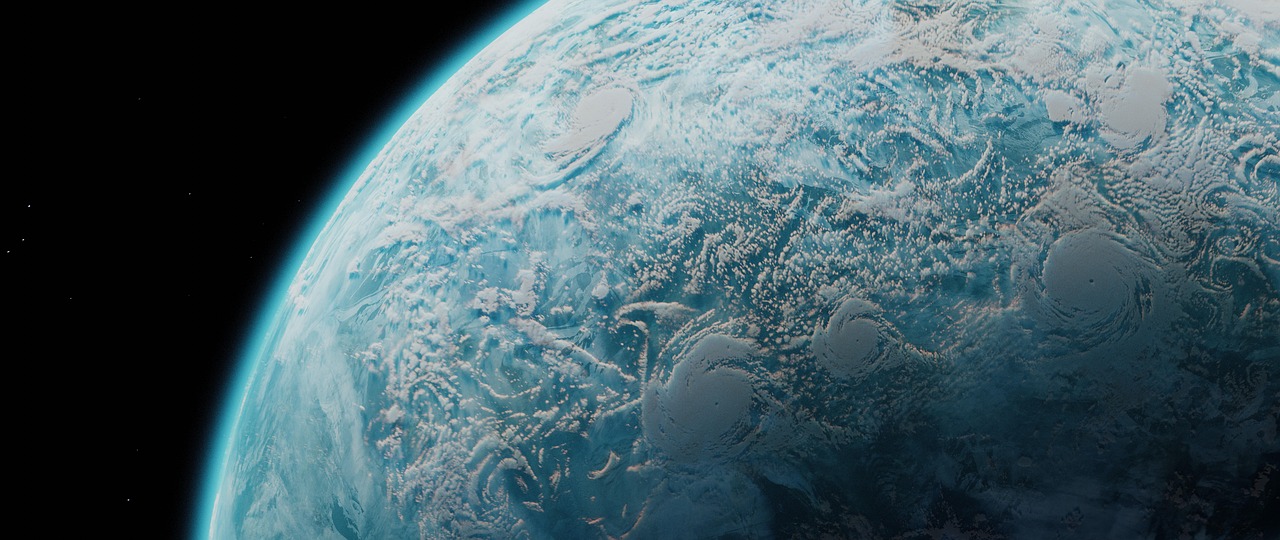Media release
From:
Planetary science: Water worlds might form under pressure (N&V)
Some exoplanets may produce water during their formation via reactions between rocks and hydrogen, according to new research in Nature. The findings offer insight into why some exoplanets have water on their surface.
The presence of water is a key ingredient in determining a planet’s habitability, and water has been thought to form through condensation from space as ice or snow at low temperatures. This process has typically been observed in exoplanets between the size of Earth and Neptune that are located far away from their host star. However, NASA’s Kepler mission has found exoplanets between the sizes of Earth and Neptune with liquid water that orbit close to their sun, calling this process into question.
Harrison Horn and colleagues simulated reactions that could occur during planetary formation by heating rock samples with pulsed lasers in a high-pressure laboratory environment. They observed that hydrogen reacted with melted silicates from the rocks to release oxygen, which then bonded with leftover hydrogen to form water molecules. The authors suggest that this reaction could most likely occur in the high-pressure and high-temperature core–envelope boundary of exoplanets, where the denser, rocky core meets an outer envelope of gaseous elements. They suggest that this water-generating reaction could occur over billions of years on some exoplanets more massive than Earth. However, the speed of these reactions is determined by how much hydrogen is available and how hot the core–envelope boundary is.
The authors note that these findings challenge the pre-existing knowledge on how water forms on exoplanets of certain sizes and at certain distances from their host star.



 International
International


